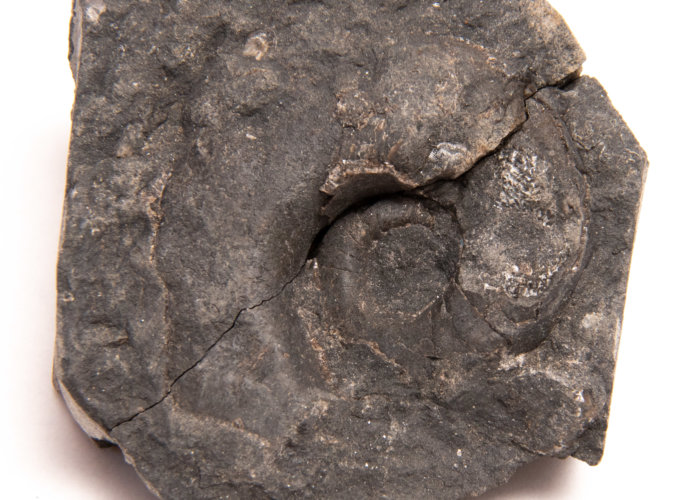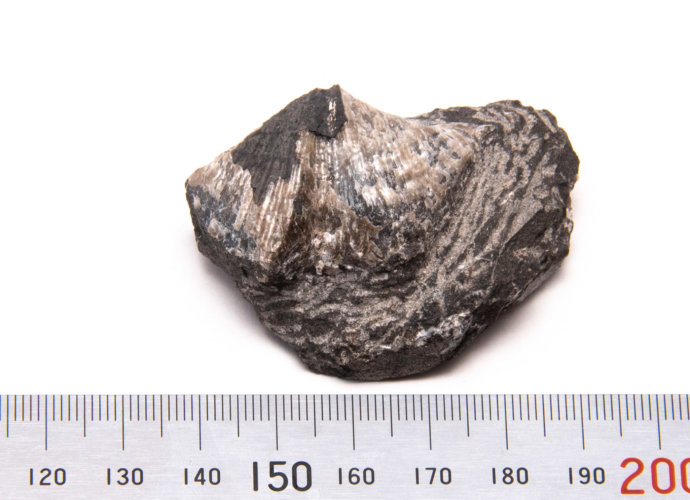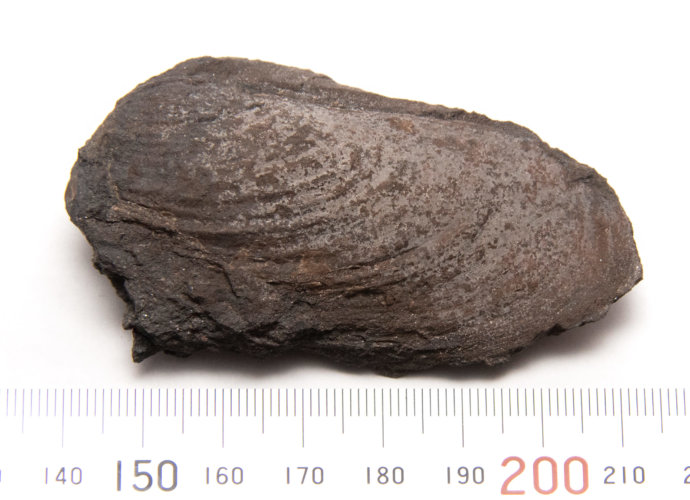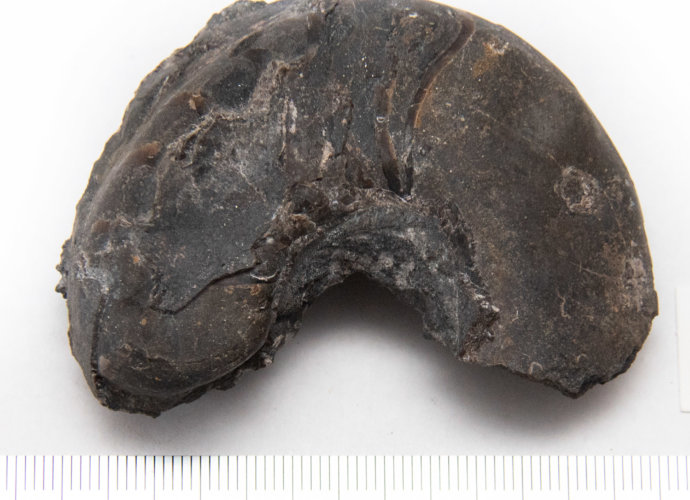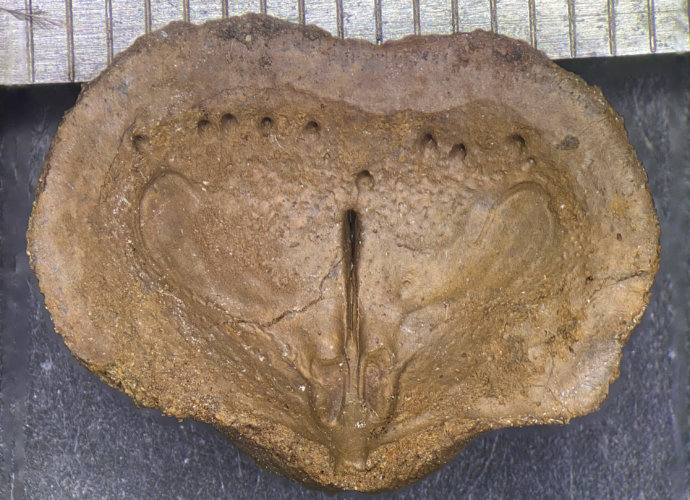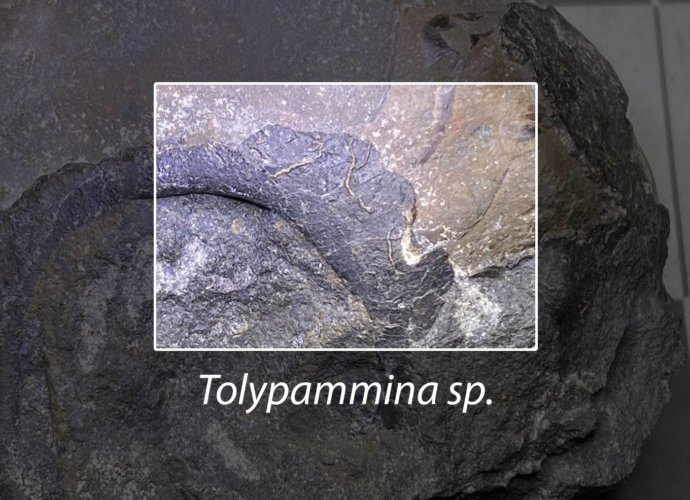Metacoceras with Inner Whorl
Without a doubt, the genus Metacoceras is one of the two most common cephalopod genera found locally. This particular specimen preserves inner chambers. It did split in half while I was recovering it, but to my surprise, everything remained intact. Individual septal wall/suture lines can be seen on close inspection.Read More →

